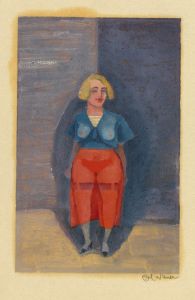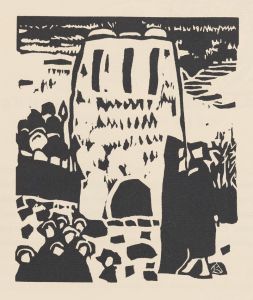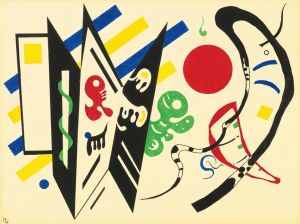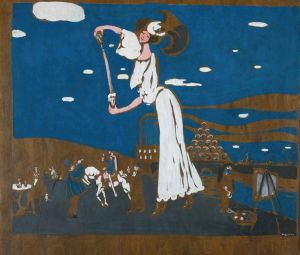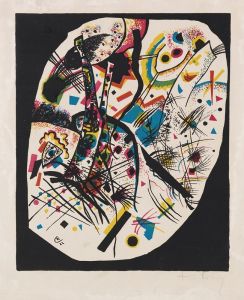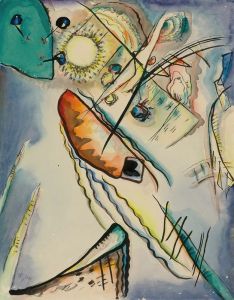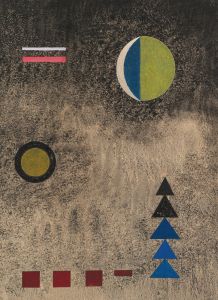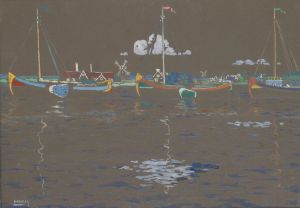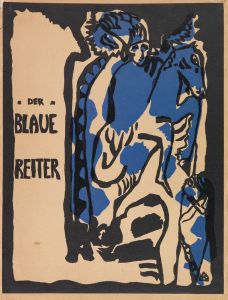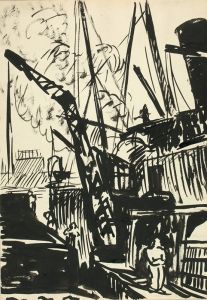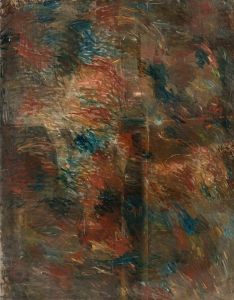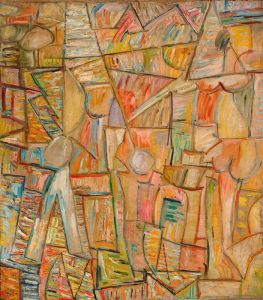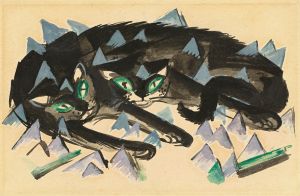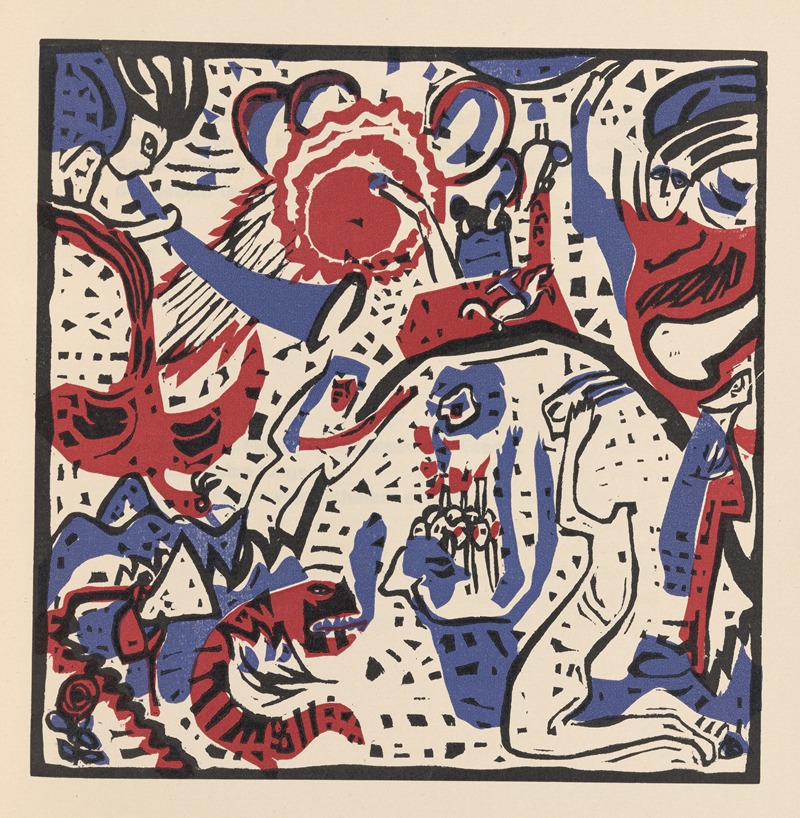
Klänge Pl.11
A hand-painted replica of Wassily Kandinsky’s masterpiece Klänge Pl.11, meticulously crafted by professional artists to capture the true essence of the original. Each piece is created with museum-quality canvas and rare mineral pigments, carefully painted by experienced artists with delicate brushstrokes and rich, layered colors to perfectly recreate the texture of the original artwork. Unlike machine-printed reproductions, this hand-painted version brings the painting to life, infused with the artist’s emotions and skill in every stroke. Whether for personal collection or home decoration, it instantly elevates the artistic atmosphere of any space.
Wassily Kandinsky, a pioneering figure in abstract art, created "Klänge Pl.11" as part of his broader exploration of the relationship between visual art and music. Kandinsky, born in Moscow in 1866, was a key figure in the development of abstract painting and is often credited with painting one of the first purely abstract works. His work is characterized by a deep interest in the emotional power of color and form, influenced by his synesthetic experiences, where he could perceive colors as sounds and vice versa.
"Klänge" (meaning "Sounds" in German) is a collection of woodcuts and prose poems published by Kandinsky in 1913. This work is a significant example of Kandinsky's attempt to create a synthesis of the arts, combining visual and literary elements to evoke a multisensory experience. The collection includes a series of woodcuts, each paired with a poem, reflecting Kandinsky's belief in the spiritual and emotional power of art.
Plate 11 of "Klänge" is one of these woodcuts, showcasing Kandinsky's distinctive abstract style. While specific details about "Klänge Pl.11" are limited, it can be understood within the context of Kandinsky's broader artistic philosophy. His abstract works often feature bold colors, dynamic compositions, and a sense of movement, aiming to transcend the literal representation of objects and instead evoke an emotional response from the viewer.
Kandinsky was deeply influenced by music, particularly the compositions of Arnold Schoenberg, whose atonal music paralleled Kandinsky's own move away from representational art. This influence is evident in "Klänge," where the interplay of visual and auditory elements seeks to create a harmonious experience akin to a musical composition.
The woodcuts in "Klänge" are characterized by their simplicity and abstraction, using geometric shapes and lines to convey complex emotions and ideas. Kandinsky's use of woodcut as a medium is significant, as it allowed for bold contrasts and a tactile quality that enhanced the sensory experience of the work. The choice of medium also reflects Kandinsky's interest in traditional techniques and his desire to innovate within those boundaries.
Kandinsky's work, including "Klänge," played a crucial role in the development of abstract art in the early 20th century. His theories on art, particularly those articulated in his book "Concerning the Spiritual in Art," published in 1911, emphasized the importance of inner necessity and the spiritual dimension of art. These ideas were revolutionary at the time and influenced a generation of artists seeking to break free from the constraints of representational art.
In summary, "Klänge Pl.11" by Wassily Kandinsky is part of a groundbreaking collection that exemplifies his innovative approach to art. Through the integration of visual and literary elements, Kandinsky sought to create a new form of artistic expression that transcended traditional boundaries and engaged multiple senses. His work continues to be celebrated for its visionary approach and its lasting impact on the trajectory of modern art.





